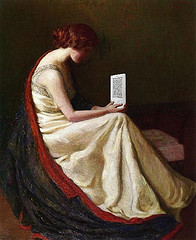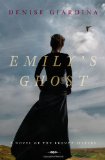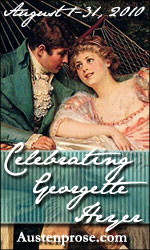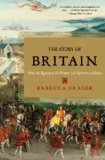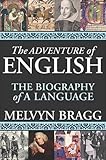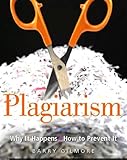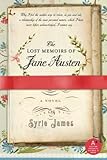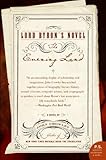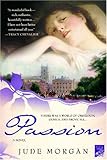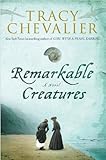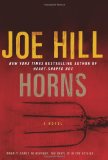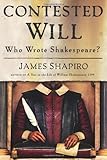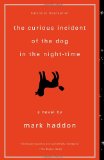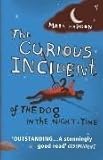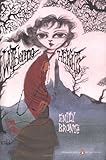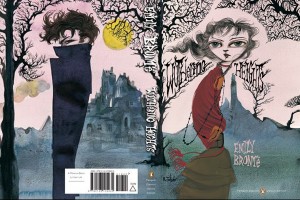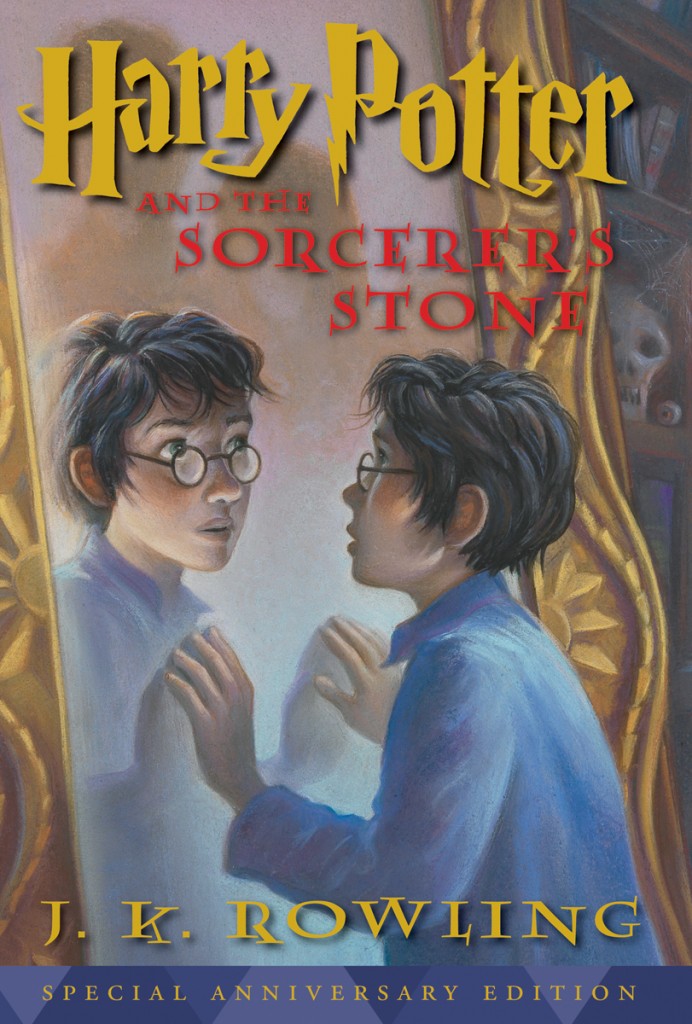I drove around a bend on the Interstate yesterday and the beauty of the golden, orange, and red leaves on the trees near the road arrested me. I love fall.
I’m still plugging away on The Haunting of Hill House, and I might even finish it today. Not really enjoying it much. Such a short book, and I really had to push to finish it. I just don’t like any of the characters, and it can be hard for me to read books when I don’t like the characters. Wuthering Heights seems to be the lone exception. I think the trick there is that I actually do have a fascination for the characters even if I wouldn’t want to be friends with them. In addition to not liking the characters, if I’m honest, I’m a little unsure about what in the world is going on.
I had a bit of a freak out yesterday when my Kindle‘s battery had absolutely no charge, and I needed to reference a book on it. Then I remembered I do have the Kindle app on my iPhone (and my Mac, for that matter). I think I have mentioned this before, but my NaNoWriMo novel is speculative fiction of the Irish legend of Deirdre. It’s going well. I wrote so much yesterday that I could skip a day now with no detrimental effect on being able to finish on time, but I’m going to try not to do that.
Next week I’ll be seeing some of my English teacher friends in Orlando as I travel to the NCTE conference. I will be presenting a session on authentic assessment in teaching Shakespeare along with the Folger Shakespeare Library’s education department, and I’m finished with writing my presentation. I want to try to practice it and see how it goes.
I listened to Valerie Jackson’s interview of Ken Follett, and doesn’t he sound absolutely charming? I definitely want to read his Pillars of the Earth series.
Ken Follett on Betweeen the Lines
I also listened to her interview of Stacy Schiff about her new book Cleopatra: A Life, and it sounds very interesting.
Stacy Schiff on Between the Lines
Valerie Jackson is a great interviewer. I definitely recommend subscribing to her podcast. It’s a great way to learn about new books.






